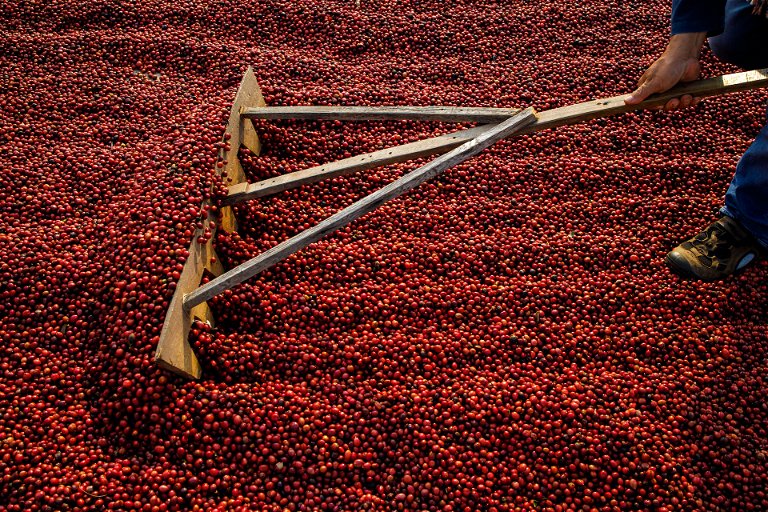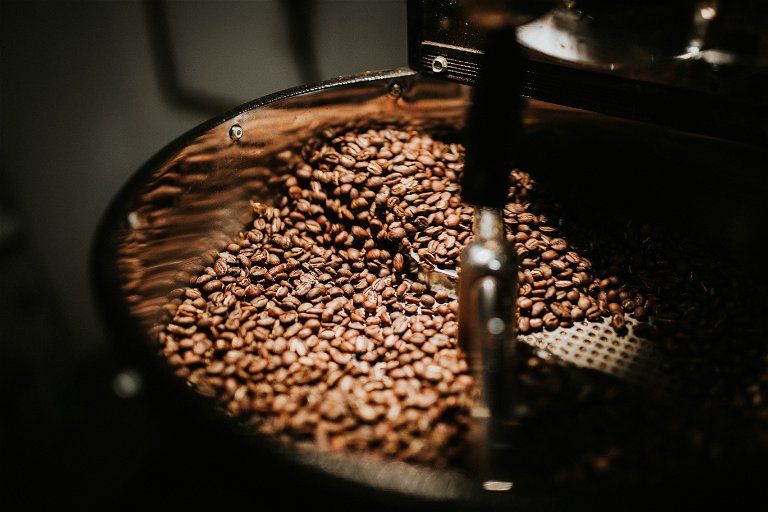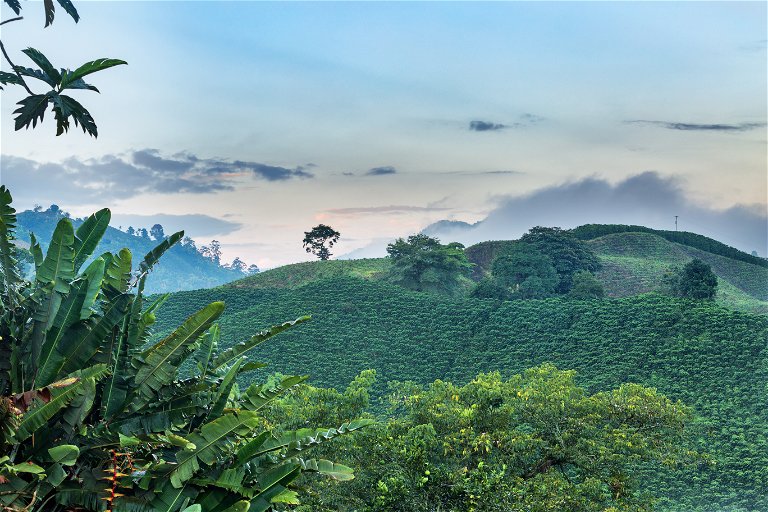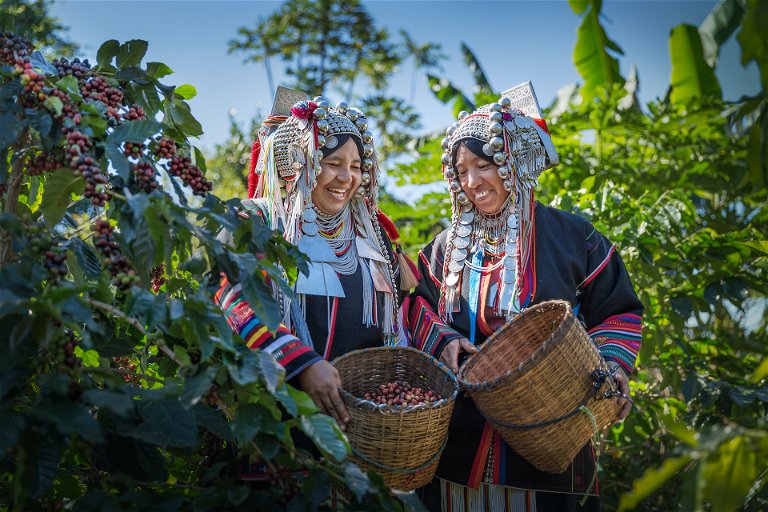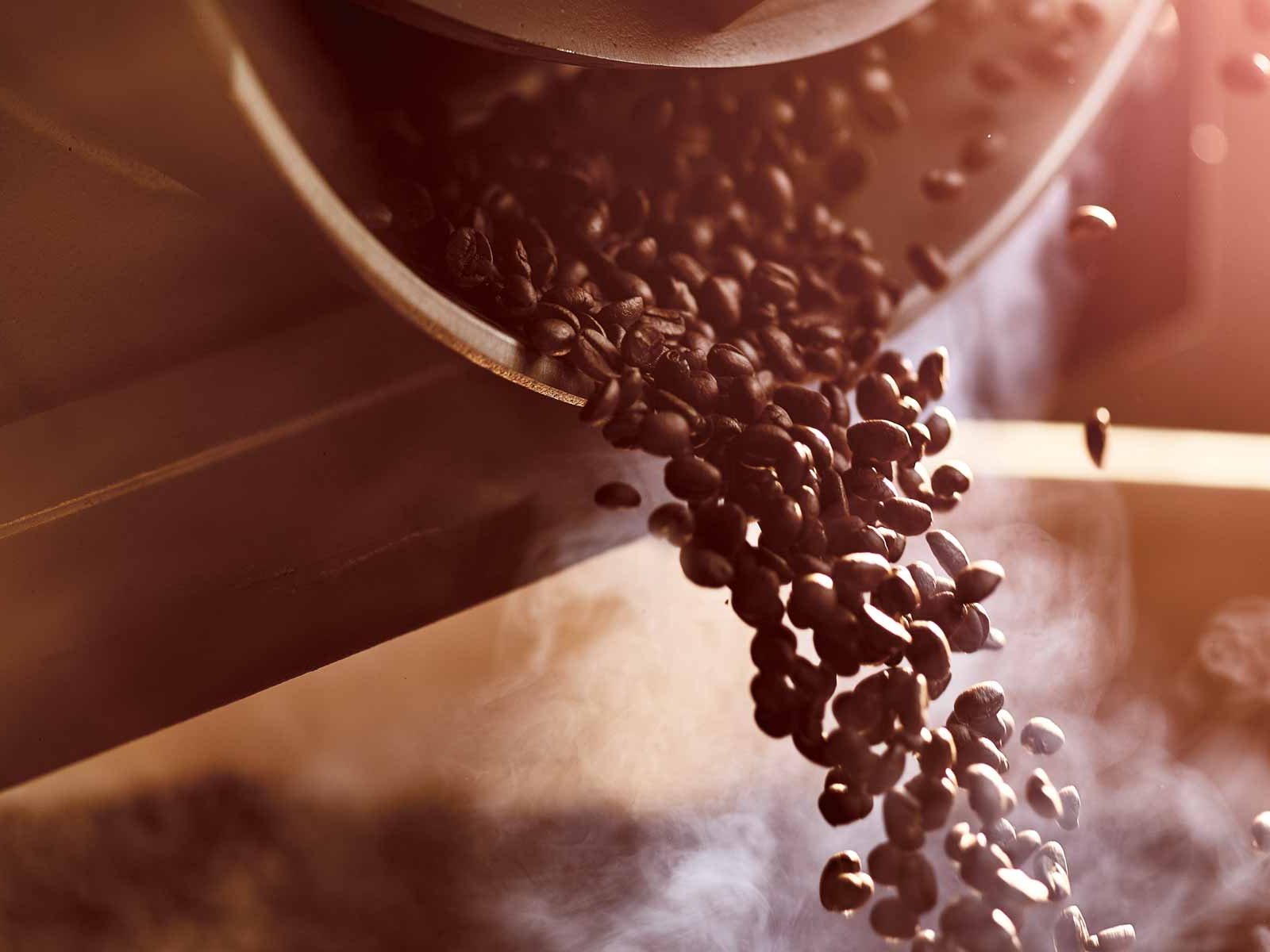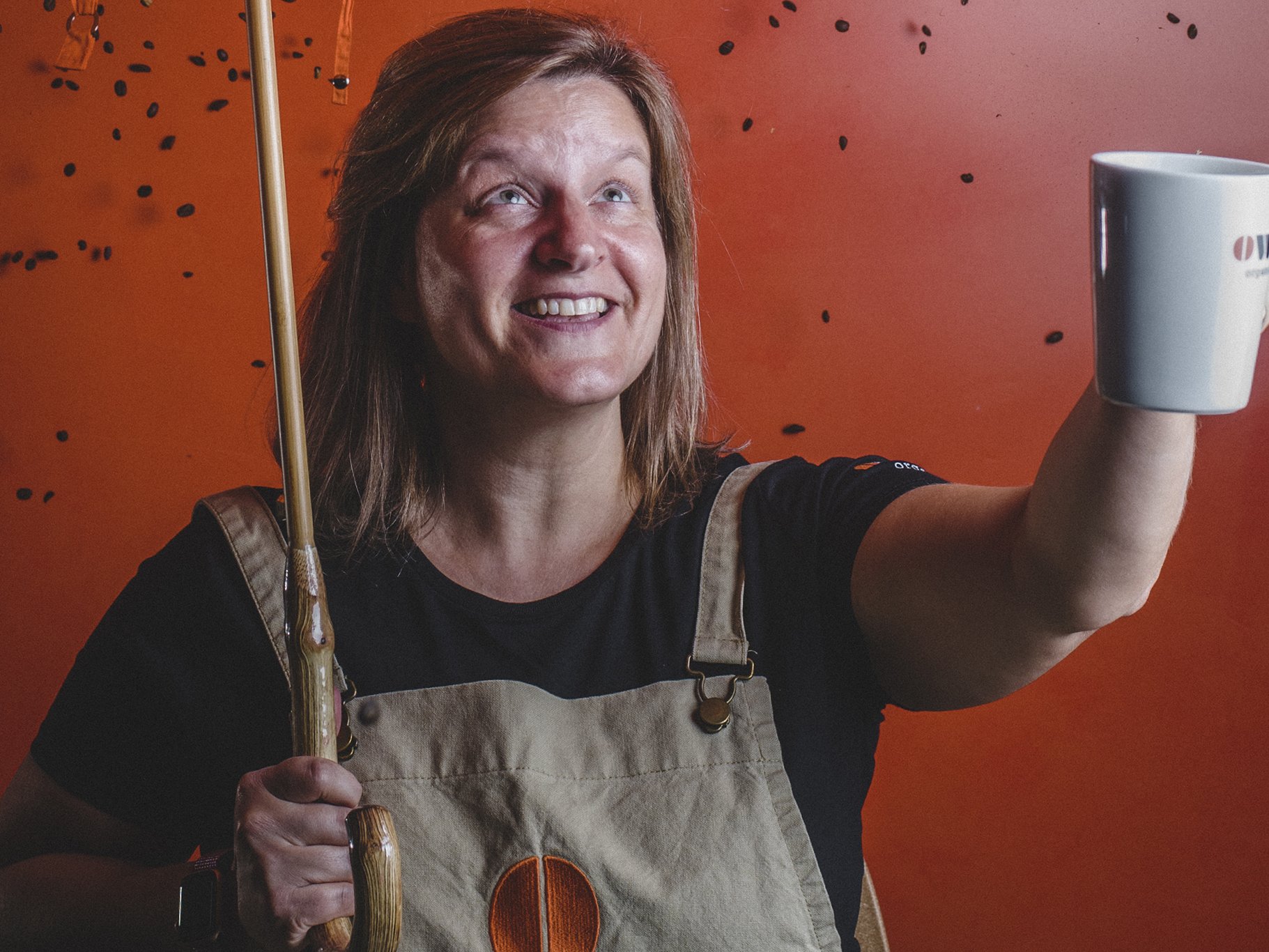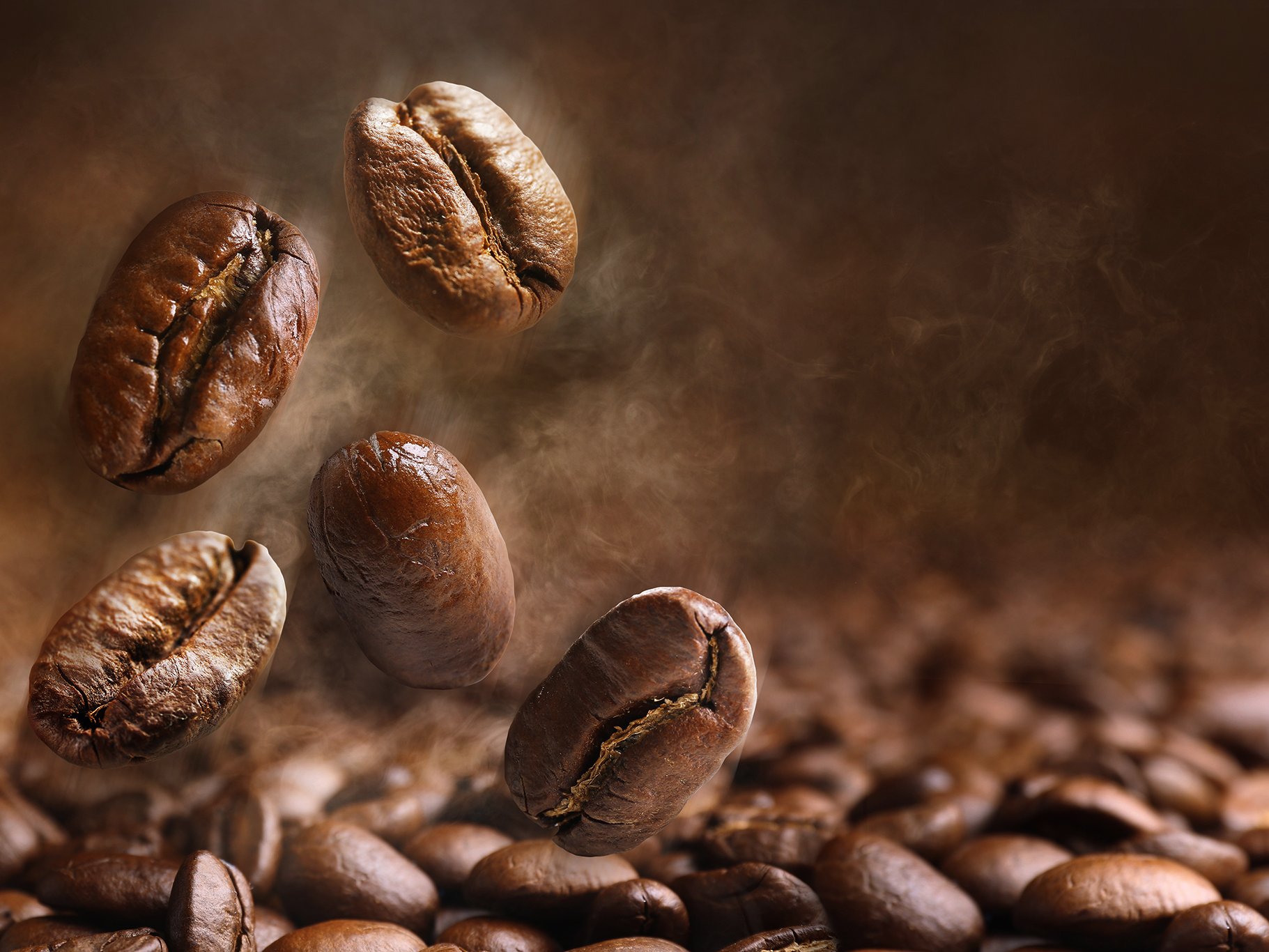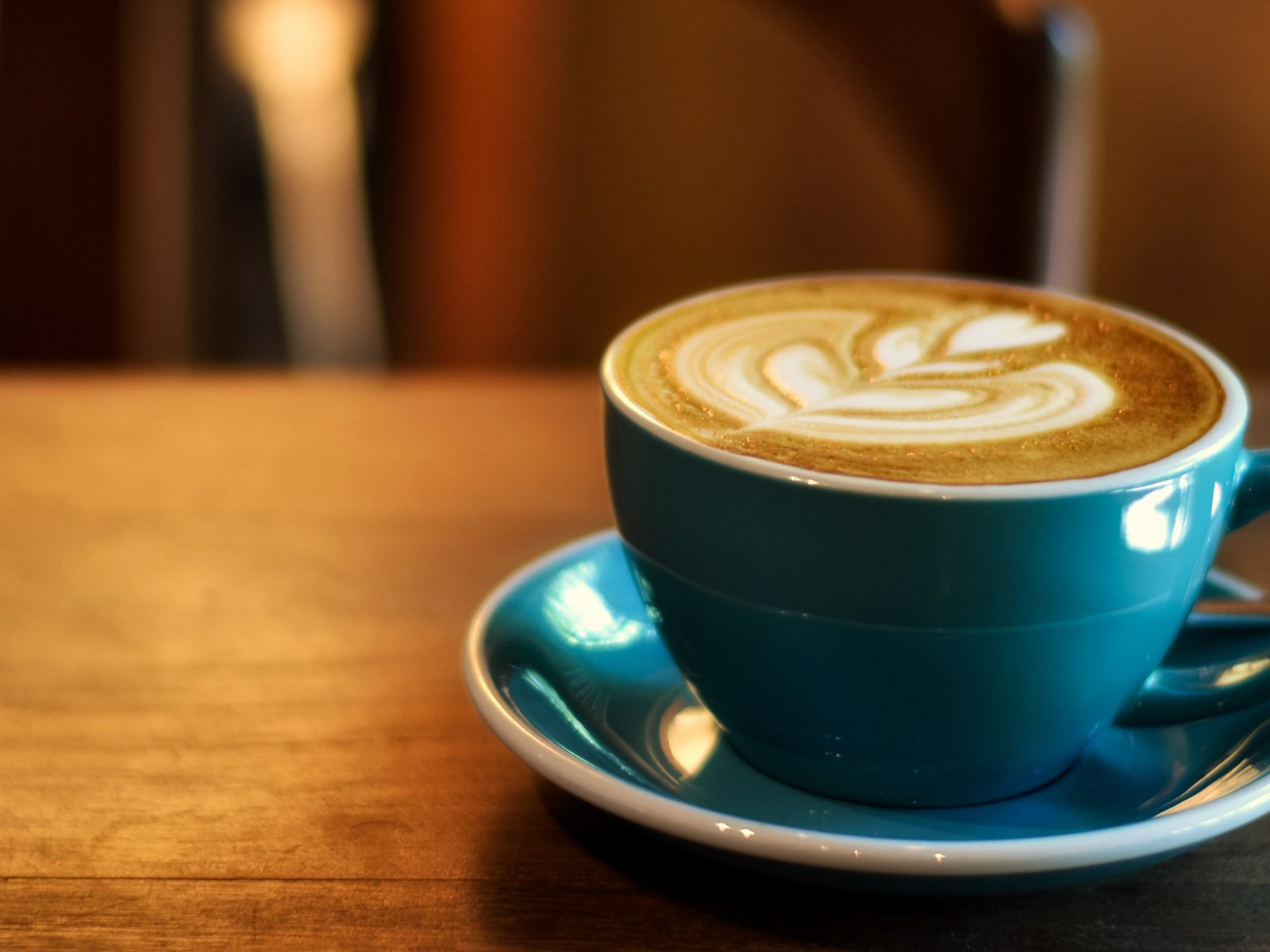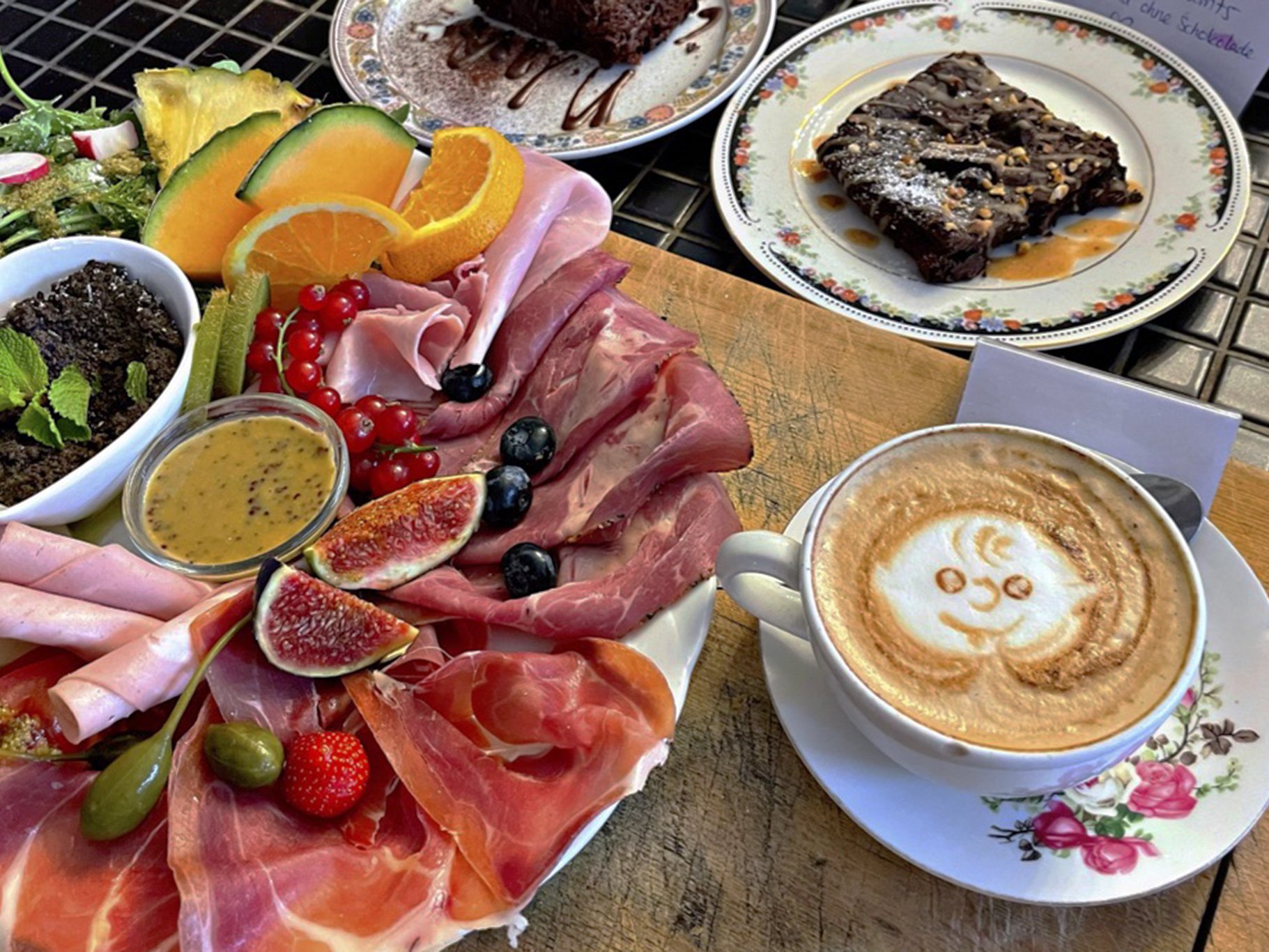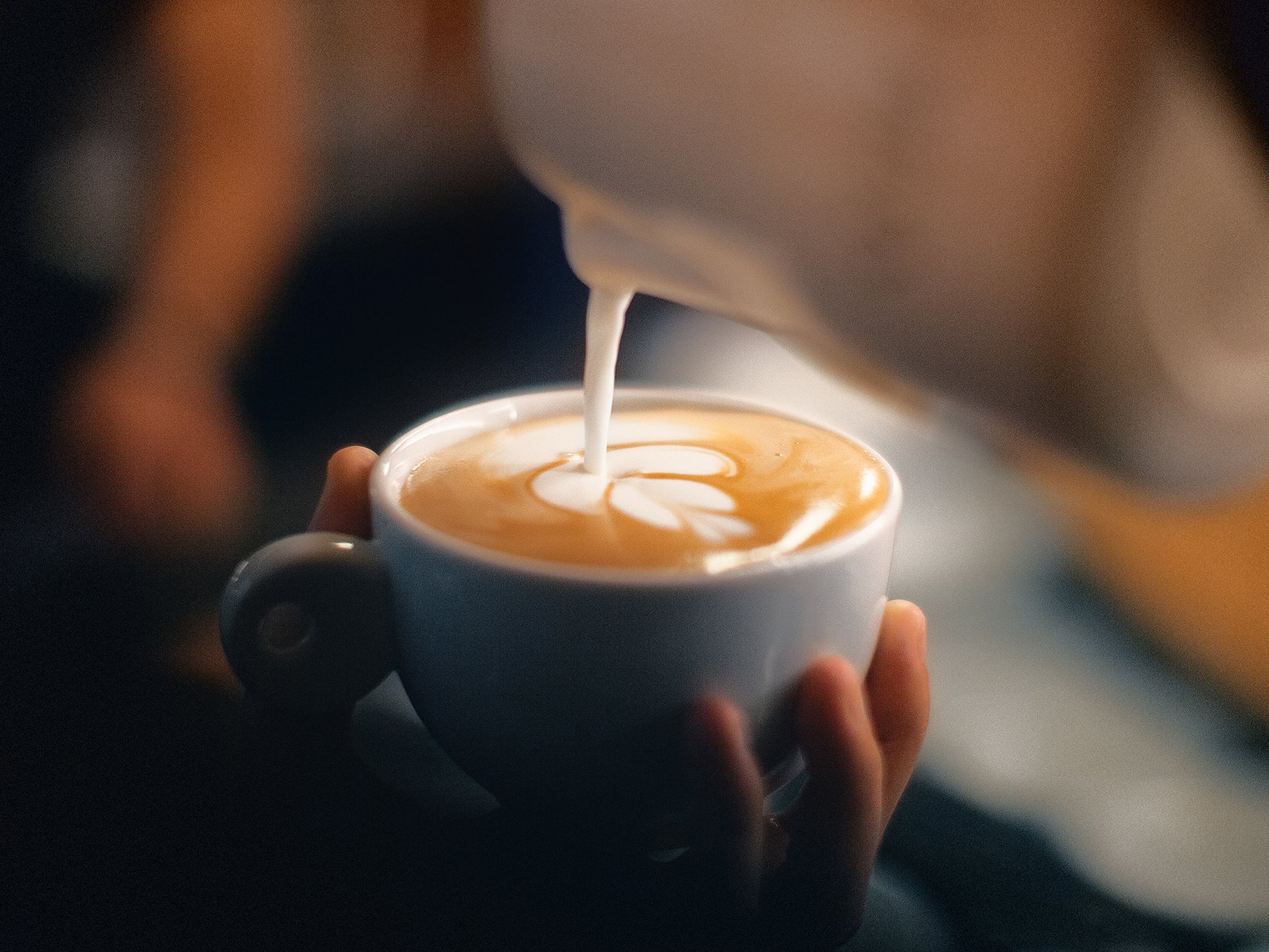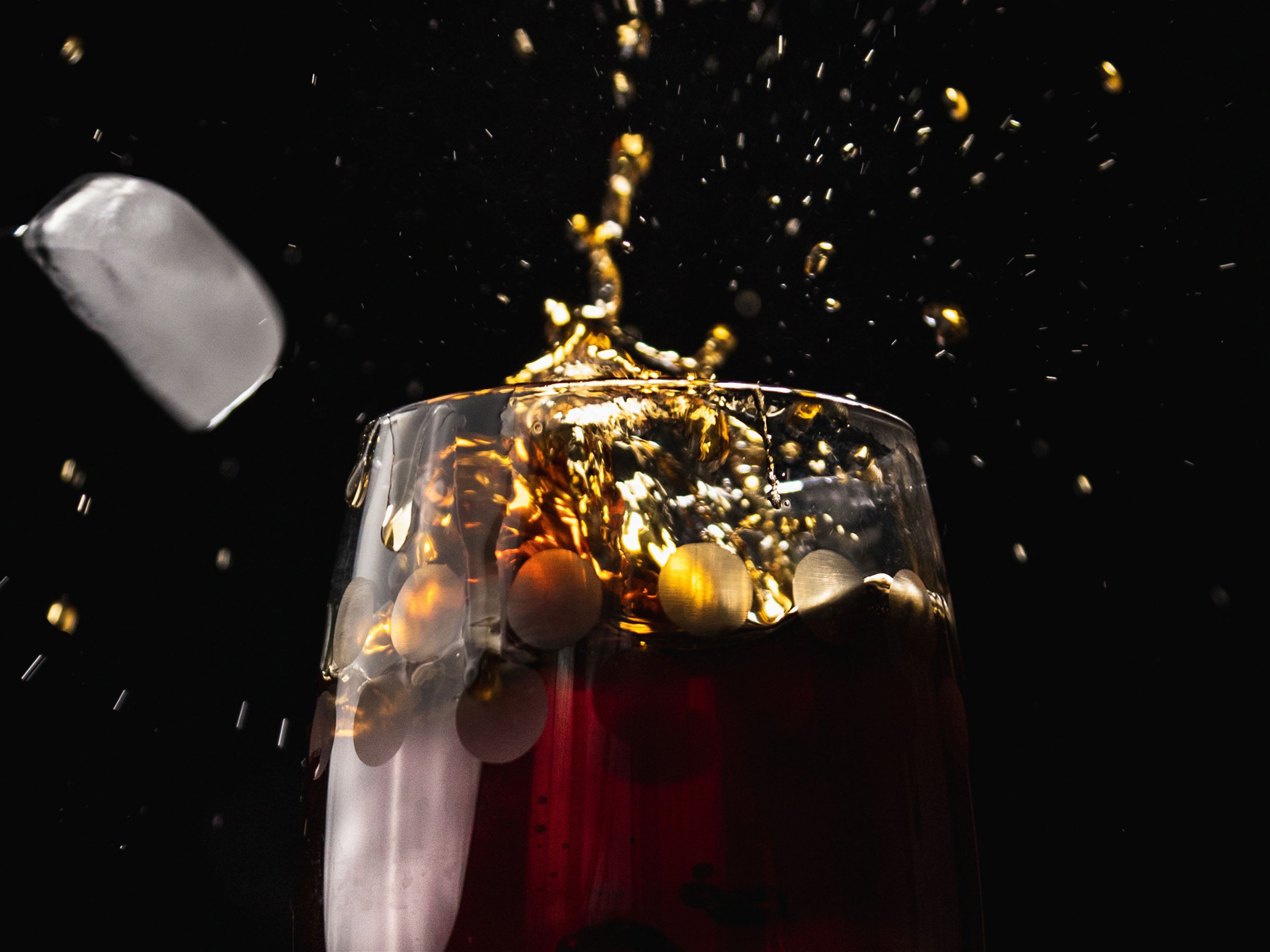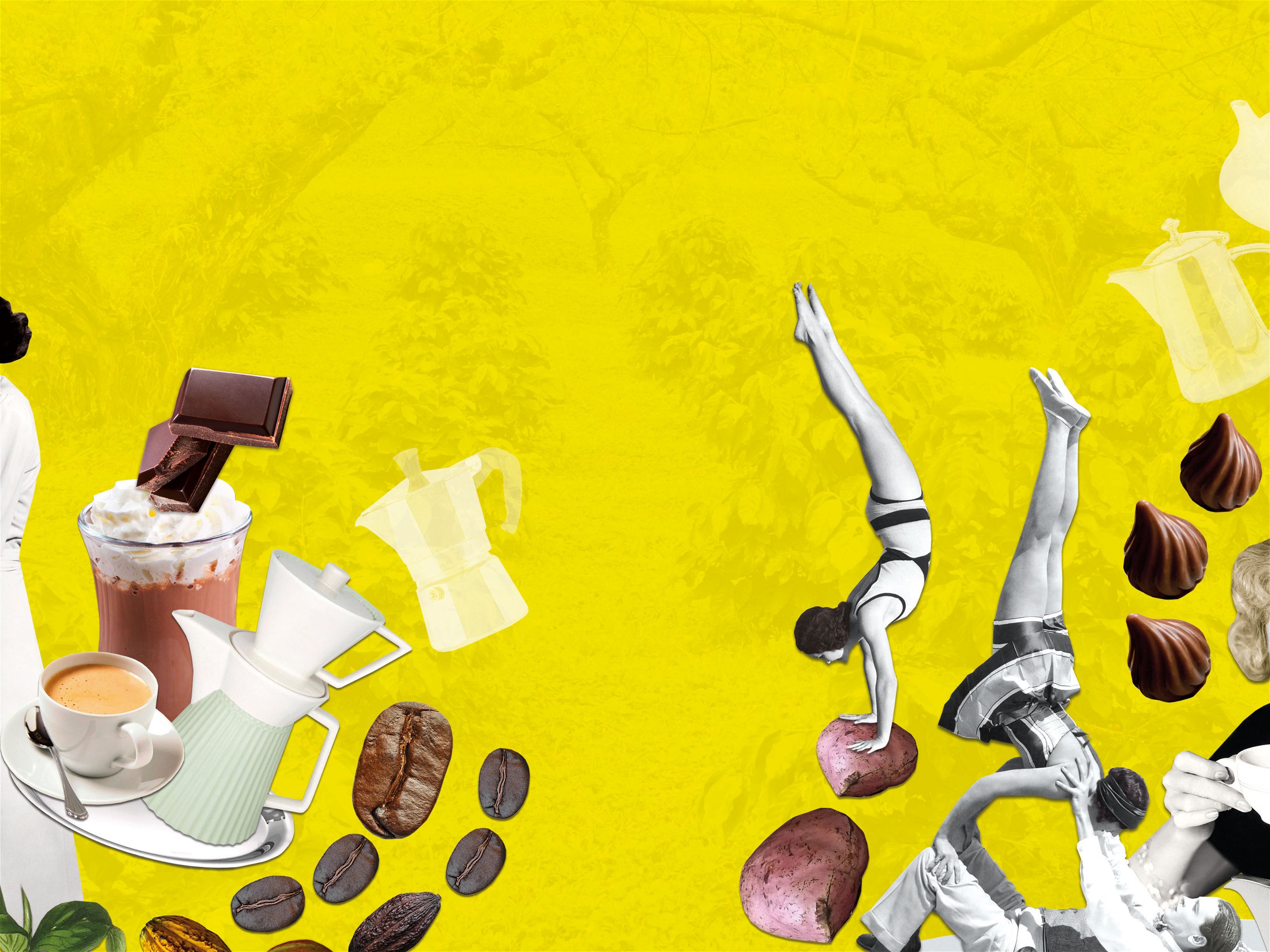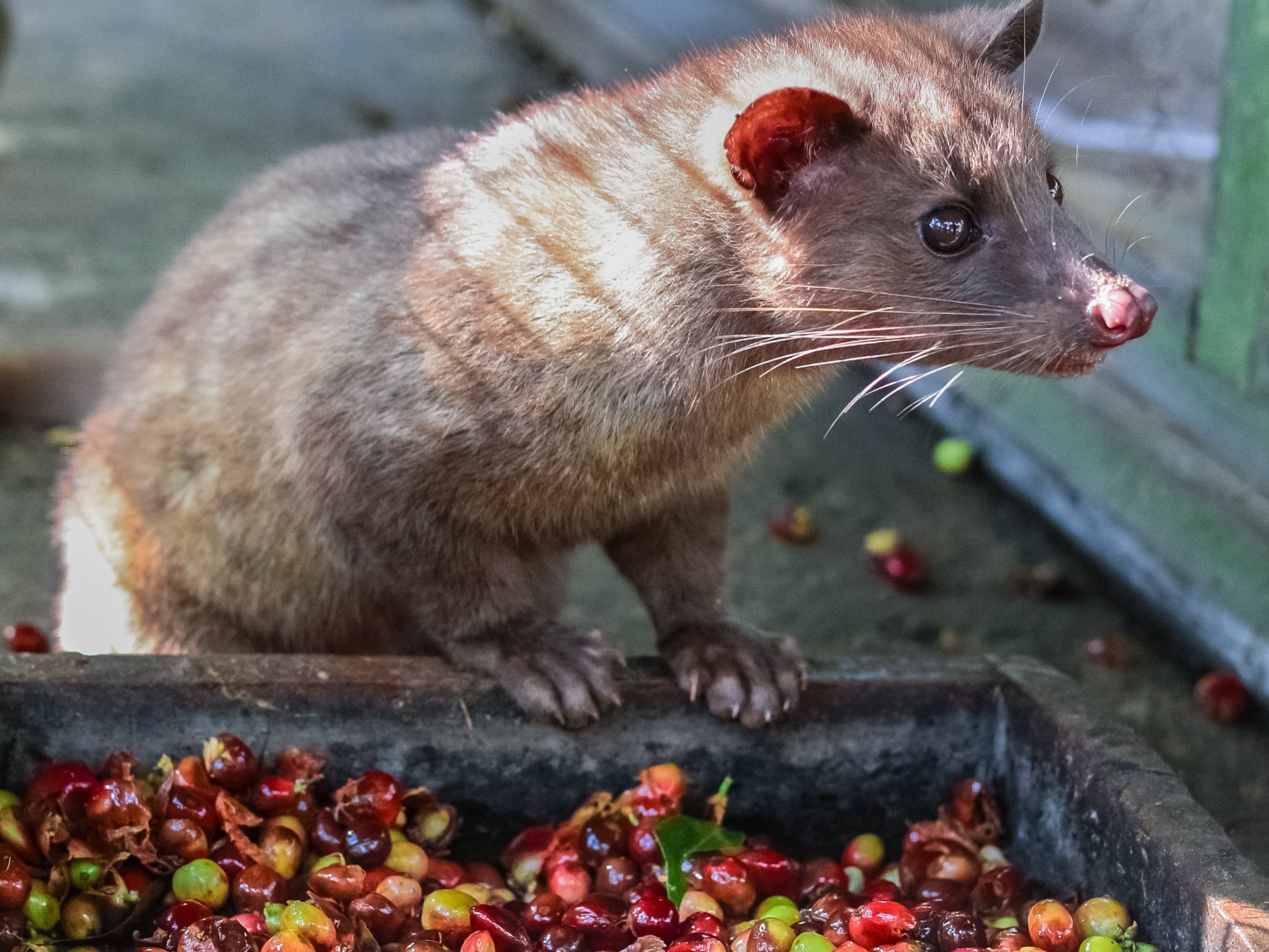Singular Brew: All about Single-Estate Coffee
Coffee is beloved globally for its aroma and stimulant qualities. Now a new and exciting category of single-estate coffees has emerged.
Whether it is the aroma or the caffeine that gets us hooked – coffee is more popular than ever. Over the past year, world consumption rose from 9.84 million metric tonnes in 2020 to 9.99 million in 2021. Most of the coffee consumed globally and traded as a commodity in world markets, is sold in blends that reproduce a reliable flavour profile. While these are all about familiarity and consistency, single-estate coffee offers a completely different and distinct experience.
A new niche
While single-estate coffee is a niche market aimed at coffee lovers and flavour obsessives, the evolution of this emerging category is down to two distinct factors. On the one hand it is traceability and transparency since consumers are increasingly concerned about the origin of their food and drink. They care where, how and by whom produce is grown, and the environmental and social impacts of farming, production and transport. Then there is the reborn trend of filter and even cold-brew coffee – ways of preparing and consuming coffee that lend themselves to exploring coffee’s flavours in much more detail. Hip coffee bars no longer rely on one or two houseblends, in order to appeal and stand out from the crowd, the offer has to be different and singular. Thus the world of coffee has moved from the generic to the specific and the world of coffee – like that of chocolate, tea or wine – is becoming ever more pixelated. Speciality coffee roasters offer tasting flights of single-estate coffees and sell tasting sets – complete with tasting notes and details on farming, farmer and post-harvest processing. Exact recipes or “brew guides” are given to specify grinding grade, the exact weight in grammes of coffee per millilitres of water. For filter coffee there is an exact water temperature, for espresso the number of extraction seconds – appealing to a very 21st century zeitgeist. Coffee freaks can geek out to their hearts’ content while flavour aficionados can explore whole new dimensions of aroma.
What is single estate
Single-estate coffees are different from single origin coffees. By now every well-stocked supermarket offers single-origin coffees – from Columbia, Rwanda or Ecuador – but single-estate coffee takes this further and drills down to a single coffee estate or farm or cooperative – or washing station. While single-origin coffee can mix Arabica and Robusta beans, single-estate coffee is usually based on 100% Arabica beans. There are numerous cultivars of Arabica, like Bourbon, Geisha, Pacamara or Sagada. Single-estate coffees can be from one or more cultivars. This allows for very particular flavours and aromas to dominate. Rather than being accommodated or toned down in a blend, here the particular taste and flavour is naked and unadulterated. This is why single-estate coffees are prized. What is important to note is that while single-estate coffee is of high quality, it is not only quality that makes the difference, since blends can also be of impeccable quality – it is the specificity that makes this market. It follows that the farming of these single-estate coffees, their processing and roasting is more scrutinised and better understood, too. In the merciless and highly volatile commodity market of coffee, here is chance for farmers and roasters to offer something distinct and special.
Infinite detail
In single-estate coffee, every aspect, every step from farm to cup gains importance. Where is the coffee grown? In what soil, altitude or climate? Are the coffee ‘cherries’ handpicked? Coffee is in effect a stone fruit and coffee beans are the seeds inside a fruit that is red when it is ripe, hence they are known as coffee cherries. The ‘cherry’ skin and pulp has to be removed to get to the coffee bean. There are two ways of doing that – either ‘washed’ or ‘natural’. Washed means that the skin and pulp are removed mechanically and the beans are then soaked and fermented to soften the pulp or mucilage around the seed which is then washed off with more water. The clean beans are then dried. This means that the coffee flavour is down to the bean alone. This is faster but expensive because it takes equipment and it also requires access to water. The other way, referred to as ‘natural,’ is to dry the cherries on trays or terraces, a process prone to risk as the coffee can rot. Once dry, the skin and pulp can be removed and the bean is exposed. This contact between bean and skin if done well can add particularly fruity flavours to coffee or terrible off-flavours when done badly. The difference between washed or natural is one of style, not quality. An in-between process is known as honey processing where much of the skin and flesh is removed mechanically but some flesh remains during the drying process. Length and temperature of fermentation or of drying all have an effect on flavour. Many single-estate coffees state these differences so that connoisseurs can choose the style they prefer. Coffees processed by a single washing station that collects from several small, local farmers are also classed as single-estate.
Cost & Fairness
Naturally single-estate coffee is much more expensive. As a commodity, coffee beans are traded and tracked – they made headlines in December 2021 when the composite price, an indicator that combines the prices for Arabica and Robusta beans, broke the $2 mark per pound – 454g. On 9 February 2022, that price reached a ten-year-high of $2.60 per pound. Retail consumers can buy ordinary blended coffee very cheaply: a 250g pack of roasted ground coffee can cost less than $3/£2 – single-origin coffees will set you back at least three times that amount. Naturally, they can be much more expensive than that, some are even sold at auctions. It is in the nature of the business that single-estate coffees are traded in much smaller quantities and trades are usually direct – and thus fair to the farmers. Considering what goes into growing and post-harvest processing, and the fact that their coffee has to be good enough to be palatable as a single-estate coffee, the prices for single-estate coffees seem cheap. In the normal coffee business, substandard flavours can and are blended away – as they are in tea, wine and cocoa. In single-estate coffee there is no place to hide. Jan-Cort Hoban, a speciality coffee importer and roaster based in Hamburg, Germany, says: “The farmers can hardly afford to make mistakes.” Hoban buys in quantities of 60kg but also says: “My clients can clearly taste the difference.”
What makes single-estate coffees even more interesting is that certain batches simply sell out: a bit like a vintage in wine. Single-estate coffees come from Kenya and Nicaragua, Honduras and Sumatra, Peru, Colombia, Ethiopia, China and Rwanda – simply everywhere that coffee grows. The tasting notes are intriguing: “orange blossom, cherry, liquorice, anise, raisin, sugar cane, roasted almond, peach, pomegranate, molasses and blueberry” are all terms you come across. So if you are looking for new flavour obsessions you know where to head next.
